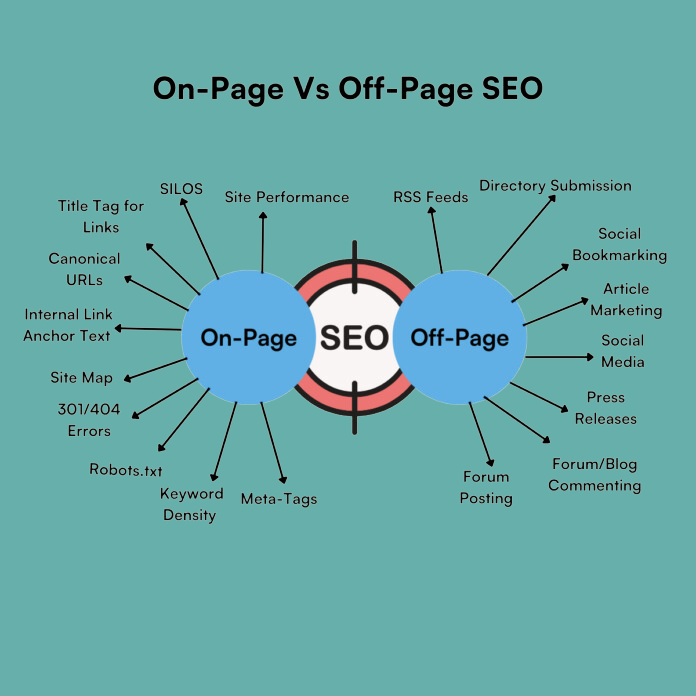Mapping Content to the Buyer’s Journey: A Guide for Small Businesses
)
Building a content strategy tailored to your audience’s buying journey can drive engagement and conversions. However, to maximize the impact of your content, integrating both on-page and off-page SEO practices is crucial.
1. Awareness Stage
This is where potential customers are just becoming aware of their problems. The goal here is to attract traffic through educational content that is SEO-optimized for discovery. This includes blog posts, infographics, and social media content.
On-Page SEO: Use long-tail keywords relevant to the audience’s pain points. Optimise meta tags, alt text, and headers with these keywords. Make sure to include internal links that direct readers to other relevant content on your site.
Off-Page SEO: Engage in link-building strategies like guest blogging or content partnerships. Encourage backlinks from reputable sites to build domain authority and increase visibility.
2. Consideration Stage
In this middle stage, your audience is evaluating their options. You should provide in-depth resources like white papers, case studies, or comparison guides that show how your product or service solves their problem.
On-Page SEO: Continue optimizing your content with specific product-related keywords and include strong internal links to decision-stage content like pricing pages or demos.
Off-Page SEO: Work on social media mentions and online reviews to boost your brand’s reputation. Collaboration with influencers or partners can also help establish your credibility.
3. Decision Stage
At this final stage, leads are ready to convert. Content like customer testimonials, pricing guides, and detailed product descriptions helps build trust and persuades them to choose your product.
On-Page SEO: Use transactional keywords (e.g., “buy now,” “best price,” “demo”) to optimize pages for search queries with high purchase intent. Ensure your CTAs are clear and direct.
Off-Page SEO: Maintain positive reviews on platforms like Google My Business and other industry-specific sites. Participate in forums or industry discussions to establish authority in your field.

Key SEO Actions for Small Businesses:
? On-Page: Ensure your content aligns with SEO best practices by optimizing for keywords, using proper HTML tags, and ensuring fast load speeds for a good user experience.
? Off-Page: Boost your domain authority by earning backlinks, collaborating with partners, and maintaining active social media profiles.
? Ongoing: Regularly monitor SEO performance using tools like Google Analytics, adjusting your content strategy based on what’s working.
Why SEO is Essential:
By effectively blending on-page and off-page SEO with your content strategy, you can ensure that the right audience discovers your content at each stage of the buyer’s journey. This not only helps to drive more traffic but also enhances engagement and conversions, positioning your business for long-term success.
By integrating SEO strategies with your content mapping, small businesses can drive sustained growth, build stronger relationships, and boost conversions throughout the buyer’s journey.
) Author:Danielle MacInnis
Author:Danielle MacInnis| Tags:Content MarketingSEOCustomer Lifecycle |
Post comment




